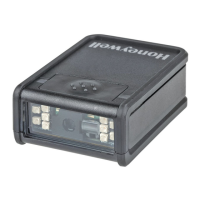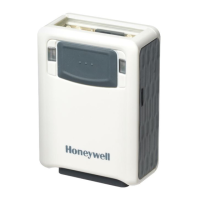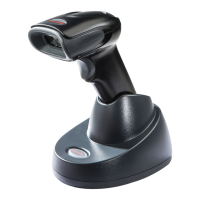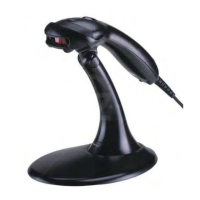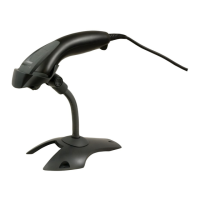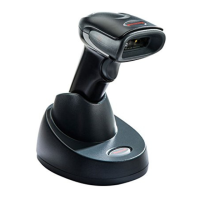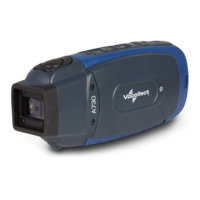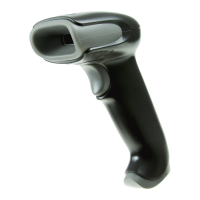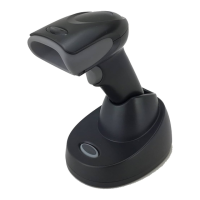Do you have a question about the Honeywell Vuquest 3330g and is the answer not in the manual?
Get help, find solutions, and report issues via the support portal.
Information on obtaining warranty or non-warranty service for products.
Details on product warranty information.
How to provide feedback to improve documentation.
Overview of the User's Guide content and scanner programming.
Steps for unpacking and checking the scanner and accessories.
Instructions for connecting the scanner via USB, Keyboard Wedge, or RS232.
Guides on aiming beam usage and optimal scanning distances.
Process to create and save custom default settings for the scanner.
How to restore scanner settings to factory defaults.
Instant scanner setup for common interfaces via bar codes.
Settings for various terminals like Verifone, Gilbarco, Honeywell, Datalogic, NCR, Wincor Nixdorf.
Includes country layout, style, conversion, and modifiers.
Covers baud rate, word length, timeouts, and handshaking.
Settings for communication with bioptic scanners.
Manages beeper and LED feedback for good reads and errors.
Configures scanner behavior for manual trigger, illumination, serial trigger.
Covers Presentation Mode, streaming, mobile phone reading, and character activation.
Configuration for reread, aimer, and character activation timeouts.
Preferred symbology settings and output sequence editor.
Adding, clearing, and managing data prefixes and suffixes.
Intercharacter, interfunction, and intermessage delays for data integrity.
Steps to create, select, and clear custom data formats.
Controls data output, prefixes, suffixes, and error tones.
Trigger control and polarity for external devices.
Illumination control for external devices.
Enabling/disabling symbologies and setting message lengths.
Configuration for various linear bar codes like Codabar, Code 39.
Configuration for various 2D bar codes like PDF417, QR Code, Data Matrix.
Configuration for 2D and Linear Postal Codes.
Capturing images using the IMGSNP command and its modifiers.
Transmitting captured images using the IMGSHP command and its modifiers.
Modifiers for image quality, format, and appearance.
Configuring signature capture areas and processing.
Maps keyboard function codes, ASCII, and CTRL+X keys.
Commands to retrieve scanner revision and configuration details.
PC-based tool for scanner configuration and upgrades.
Restores scanner settings to original factory defaults.
Explains format for serial commands and queries.
Table of scanner selections, settings, and serial commands.
Commands for configuring I/O settings like beepers, triggers, and modes.
Commands for configuring various bar code symbologies.
Detailed physical, electrical, and environmental specifications.
Typical and guaranteed performance metrics.
Mounting specifications, guidelines, and cable pinout diagrams.
Guidelines for cleaning the scanner and its window.
Guidance on checking and replacing interface cables.
Guide for diagnosing and resolving operational problems.
Identifiers for linear bar code types.
Identifiers for 2D bar code types.
Identifiers for postal bar code types.
Maps ASCII characters to keyboard shortcuts.
Details character mapping based on settings.
Key maps for U.S. and European keyboards.
Visual examples of linear symbologies.
Visual examples of 2D symbologies.
Bar codes representing digits 0-9 for scanner programming.
Bar codes representing letters A-F for scanner programming.
| Type | Handheld |
|---|---|
| Scan Rate | 100 scans per second |
| Light Levels | 0 to 100, 000 lux |
| Connectivity | USB, RS-232 |
| Operating Temperature | 0 to 50 °C |
| Storage Temperature | -40°F to 158°F (-40°C to 70°C) |
| Drop Specification/Resistance | 1.5 meters |
| Decode Capabilities | 1D |
| Humidity | 5% to 95% (non-condensing) |
| Input Voltage | 5 VDC |
| Scanner Type | 2D Area Imager |
| Light Source | 645 nm visible red LED |
